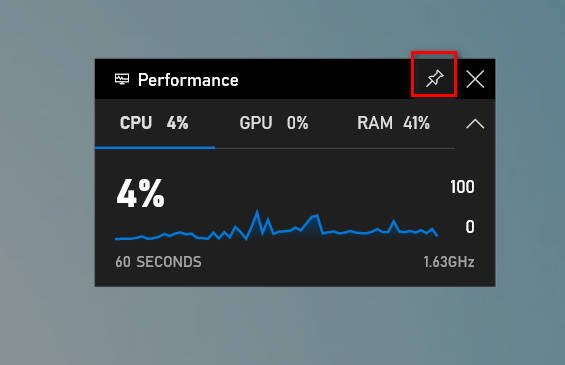

It's the primary value to analyze to determine the processing speed of applications, which is a key performance indicator of network and server health. CPU usage is one of the most important performance metrics in server monitoring.
CPU process count: Monitors the number of processes runningĬPU usage monitoring software for advanced network diagnosis. Page faults: Overall rate at which faulted pages are handled by the processor. PSU Redundancy: Monitors the redundancy state of the power supply. Drive Size: Monitors the physical drive size in megabytes (MBs). Processor Queue: Displays the number of process threads (program execution units) waiting to be run on all processors. User time: Percentage of non-idle processor time spent in user mode. Processor Time: Monitors the CPU usage of a selected, individual process. Privileged time: Percentage of non-idle processor time spent in privileged mode. Idle Time: Monitors the percentage of time during the sample interval that the processor was idle. 
CPU speed: Monitors the internal speed in megahertz of this processor. CPU socket: Monitors the physical socket number of the CPU chip. CPU utilization: Monitors the CPU utilization of the network device. To monitor CPU usage means to monitor the following: OpManager is both a Linux and Windows CPU usage monitor console. OpManager is a CPU usage monitoring software that enables CPU performance monitoring, CPU health check, CPU resource availability monitoring, CPU speed checks, and more. ManageEngine OpManager monitors servers, virtual machines (VMs), routers, switches, firewall, ports, wireless LAN controllers (WLCs), storage, and network devices via Windows Management Instrumentation (WMI), Simple Network Management Protocol (SNMP), and command line interface (CLI) protocols periodically. Hyper-V Performance Monitoring Challenges. Hyperconverged Infrastructure Monitoring. Challenges of Network Performance Monitoring.








